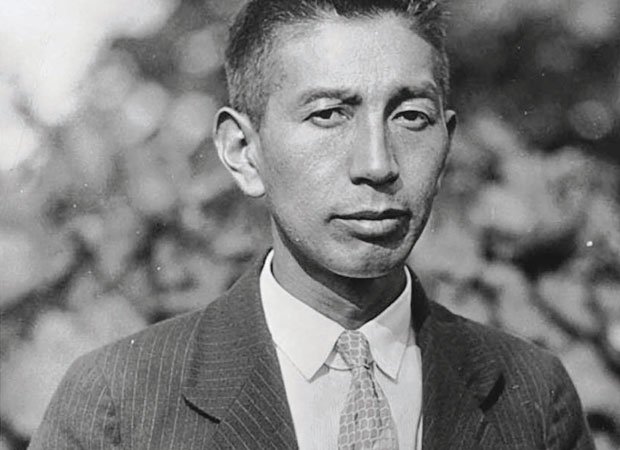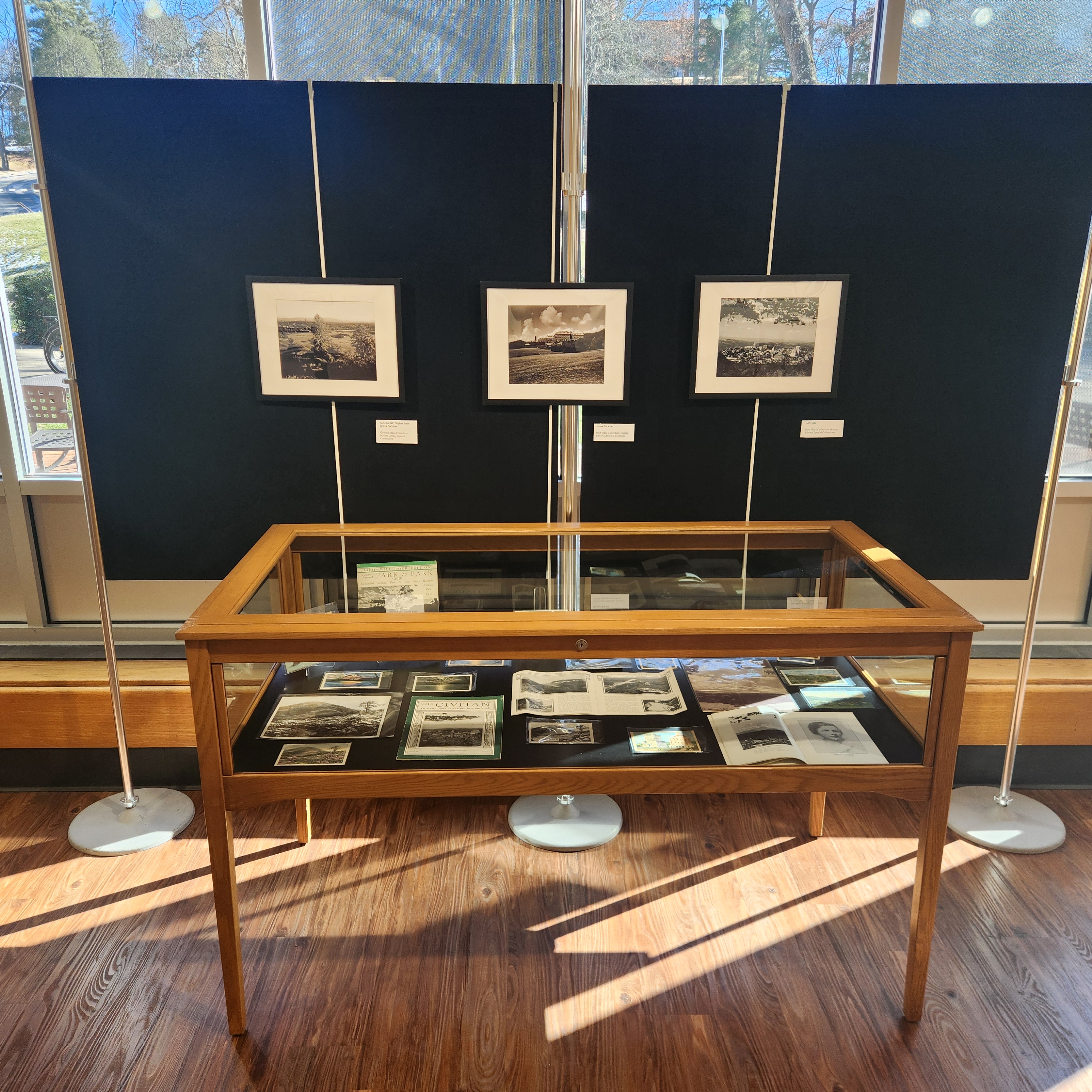When George Masa took a picture of the Smoky Mountains, he wasn’t just taking a picture of their landscape, he was taking a picture of their future.
The Mountain Heritage Center opened an exhibit on Friday, Jan. 17 until Aug. 15, 2025, for people to learn about Masa’s life and see some of the photos he had taken.
Masa was an immigrant from Japan who moved to Asheville in the summer of 1915. Masa quickly went from working in a laundry room at a Gilded Age resort called Grove Park Inn, according to Audubon. It was there that Masa got in contact with wealthy and powerful guests. He used his photos to help out with different regions

Masa played a vital part of the establishment and conservation of the natural beauty of the region of the Smoky Mountains. He and his friend, writer Horace Kephart worked with many state and National Park officials to help create the Great Smoky Mountains National Park in 1934.
“Masa captured photographs that beautifully depicted the Smoky Mountains and used these images to convince philanthropists, politicians, and local community leaders to preserve the area,” according to the Appalachian Mountain Club.
Masa also created maps that helped lead to the creation of the southern portion of the Appalachian Trail.
“He’s the reason we’ve got such a great trail network in this part of the state,” said Peter Koch.
Koch is an education associate with the Mountain Heritage Center that helped with the planning and the creation of the exhibit on Masa. At the exhibit, there are photos that Masa has taken as well as information about Masa that came from Paul Bonesteel, an author and a documentary producer.

“We’ve always been aware of George Masa,” said Koch. “There was recently a new book and new research into his life, and it was a great opportunity to do some good treatment to his career.”
“George Masa; A Life Reimagined” is a book about Masa’s life by Janet McCue and Bonesteel. Bonesteel had been doing research on Masa for 25 years. Based on this research he produced an hour long documentary in 2002 titled the “Mystery of George Masa.”
“I think he [Bonesteel] finds him enigmatic,” said Koch. “There was a lot less known about Masa’s story.”
Bonesteel isn’t the only person that is influenced by Masa and his story. Mark Poff, an assistant professor of practice at WCU, is making a documentary with communication students about Masa as well.
“I’m mostly kind of concerned about the collection itself and his work that was donated to WCU, and WCU’s involvement of maintaining his work,” said Poff.
Lots of Masa’s photos were donated to the Special and Digital Collections. These special collections will be held in the Hunter Library after the exhibit is done, like lots of other pieces that were donated to the library Special and Digital Collections.
But Poff has other reasons to study Masa as well. Poff went to college for photography and ended up taking many pictures like Masa, except 100 years later.
“My career from college on has kind of mirrored his, and I feel a close bond with this guy from 100 years ago,” said Poff.
Masa influenced many people from Western North Carolina’s lives, and the Mountain Heritage Center is helping make sure that people know about him more than just by his photos.


